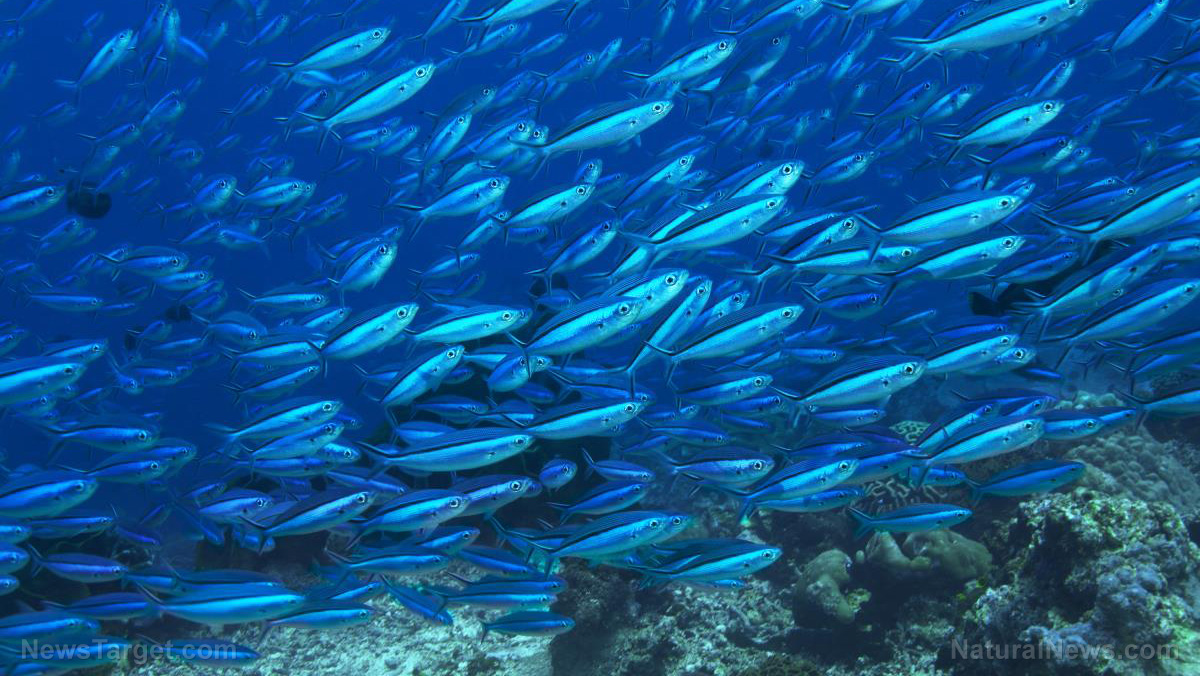
Dirk Zeller, who was the lead author of the study, wrote on ScienceDaily.com, “In the current era of increasing food insecurity and human nutritional health concerns, these findings are important. The discarded fish could have been put to better use.”
Unmarketable fish are typically thrown back into the ocean. These fish are normally ones that are too small or part of an unwanted species. Sometimes, as with the Alaska pollock, fishermen only need a specific part of the fish (in this case, the roe). After they had harvested the intended part, the fish are discarded as well.
Zeller added: “Discards also happen because of a nasty practice known as high-grading where fishers continue fishing even after they’ve caught fish that they can sell. If they catch bigger fish, they throw away the smaller ones; they usually can’t keep both loads because they run out of freezer space or go over their quota.”
Researchers of the study noted that during the 1950s, only five million tons of fish were thrown back. This number rose dramatically during the 1980s where around 18 million tons were discarded. These figures somewhat stabilized to its current levels of 10 millions tons per year over the last decade. The decrease, some authorities say, can be attributed to improved fishing technologies and better management practices. However, Zeller remained skeptical, pointing out that these figures could also be an indicator of depleting fish stocks. He referred to a 2016 paper by Sea Around Us which depicted the dwindling catch rates, a figure which has seen a decline of 1.2 million tons of fish every year since the mid-1990s. (Related: 90 percent of the world's fisheries either overfished or fully exploited, new report finds.)
“Discards are now declining because we have already fished these species down so much that fishing operations are catching less and less each year, and therefore there’s less for them to throw away,” Zeller concluded.
The team also noted that the highest amount of discard happens in the Pacific, a shift from the Atlantic. Fleets from Russia, China, Taiwan, and South Korea were observed to be those dumping Pacific fish.
The darker side of consumerism
Overfishing is a global problem, but one that can be addressed with strong management measures. Experts have concluded that nonviable fisheries can recover within a decade, following the implementation and execution of proper guidelines. In an article on Overfishing.org, some of these policies can include: imposing safe catch limits (which are completely independent of political and short-term economic incentives), controls on bycatch (which would prevent the unintentional killing and disposal of unwanted catch), maintaining and protecting habitats (to promote nursing grounds), and strict enforcement (which would make it uneconomic to cheat).
For the layperson, it is suggested to remain constantly informed on the situation. This includes understanding fishing practices and only sourcing fish from local farms that follow healthy management habits. Another great way to protect fish is to know what you eat. This means choosing species that have the lowest impact in terms of their effects to marine life sustainability. Referring to guides, such as the one compiled by the Safina Center, is a good place to start.
Sources include:
Please contact us for more information.



















